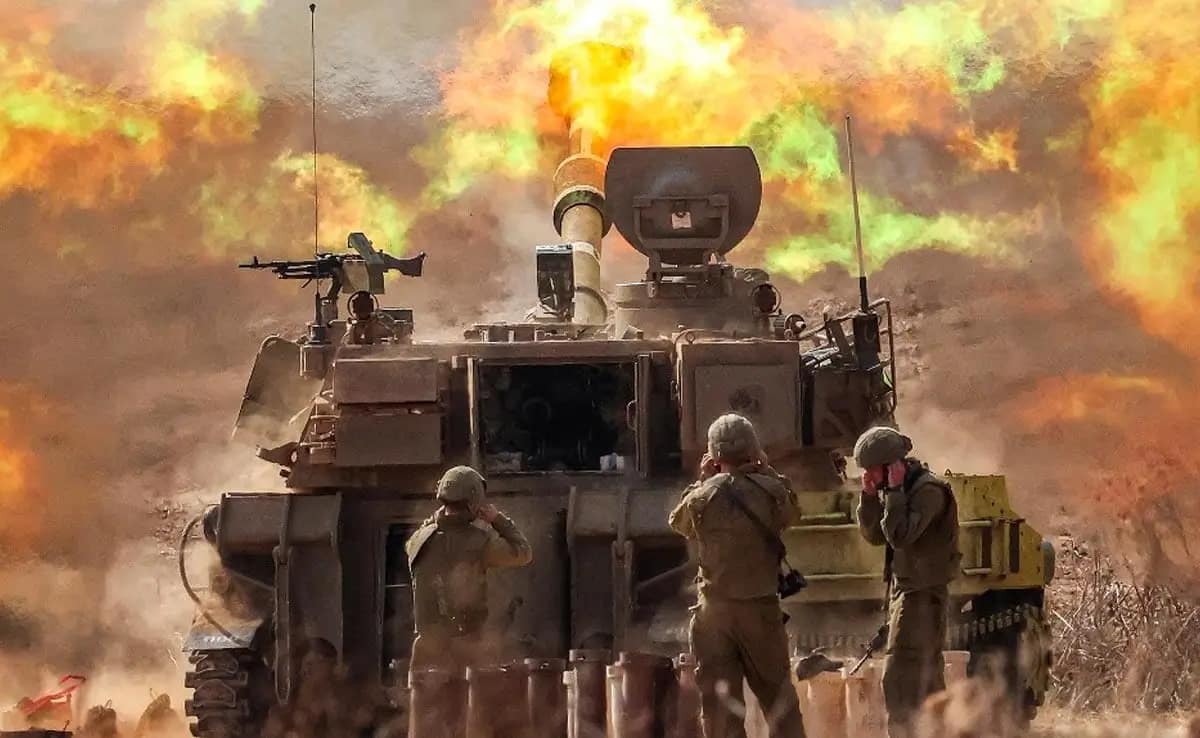Amid growing fears of an expansion into Rafah, Israel continues its relentless assault on the Gaza Strip. Khan Yunis, the main city in southern Gaza, faces a barrage of air strikes and tank fire, with the health ministry reporting over 100 casualties, predominantly women and children.
The mass displacement of hundreds of thousands to Rafah, already struggling with overcrowding, adds to the humanitarian crisis. The United Nations expresses deep concern, calling Rafah a “pressure cooker of despair.”
Also Read : Canada Labels India a ‘Foreign Threat’ in Election Interference, Escalating Diplomatic Tensions
Israel’s Defence Minister warns of targeting Rafah, escalating tensions. Hamas remains defiant in Khan Yunis, vowing to resist the occupation. The civilian death toll rises, fueling global calls for an immediate ceasefire.
US Secretary of State Antony Blinken embarks on his fifth trip to the Middle East, proposing a deal involving the release of Israeli hostages for a temporary halt in the fighting. The situation remains complex, with conflicting reports on the viability of the proposed truce.
As the conflict intensifies, Iran-backed groups in the region escalate attacks in support of Palestinians. The US military responds with airstrikes in Iraq and Syria. Meanwhile, the Israeli army strikes targets of the Iran-backed Hezbollah group in Lebanon.
The war in Gaza, sparked by Hamas’s attack on Israel, continues to exact a devastating toll on civilians. Efforts for a ceasefire face challenges, leaving the region engulfed in uncertainty and heightened tensions.






